Too often I see people doing lower ab exercises that end up simply over working their lower back.
Things like leg lowers, lower ab planks, flutter kicks and knees to elbows.
And I know right now some of you are about to click back and thinking, “Well this is silly. You don’t have lower abs…”
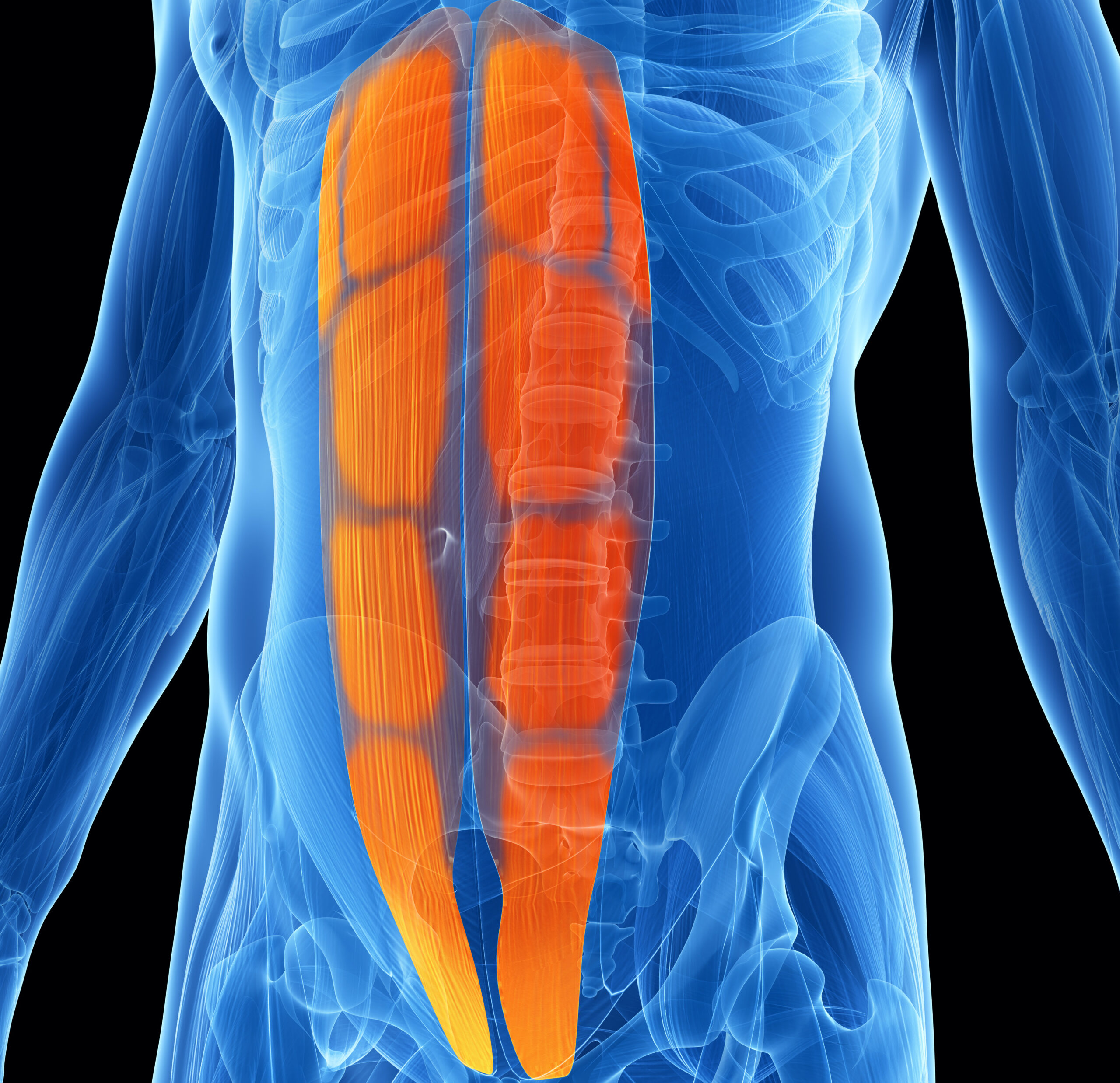
That is true to an extent.
While we don’t have lower abs, we can target that lower region of our abdominal muscles more with certain movements.
And one of those movements is the posterior pelvic tilt.

However, this is also the exercise that we of advance before we are ready and instead end up feeling our lower back during the movement.
That’s why I want to talk about how to EARN those advanced leg lower movements so you are properly working your abs to protect your lower back.
But before I go into the posterior pelvic tilt progression to build up, I want to remind you NOT to put your hands behind your lower back.
This is a bandaid. It doesn’t teach you to actually engage your abs correctly.
And while I understand why someone may use it in a class to keep up, if we truly want to build up stronger and become more efficient in our movements we have to take ego out of it and REGRESS TO PROGRESS.
This means we have to modify the movement so we can feel our abs engaging properly.
Before you use any leg lower movement, you want to focus on pressing that lower back down into the ground.
This will engage your abs to protect your lower back.
The posterior pelvic tilt also engages your glute max.
And yes, you will be working your hip flexors and quads. There is hip flexion involved in this movement but you do want your abs working to STABILIZE everything.
It’s the same thing when you do hanging abs.
HANGING ABS:
All too often you see people simply flexing at their hips to tuck their knees, instead of tucking their pelvic and rounding through their back.
And when they don’t actually do the pelvic tilt and spinal flexion, they don’t benefit from this other amazing lower ab movement!
If you struggle to truly use your abs during the hanging leg raises or knees to elbows, first regress this move to the hanging pelvic tilt and learn to correctly control that tilting of your pelvis or rounding of your lower back.
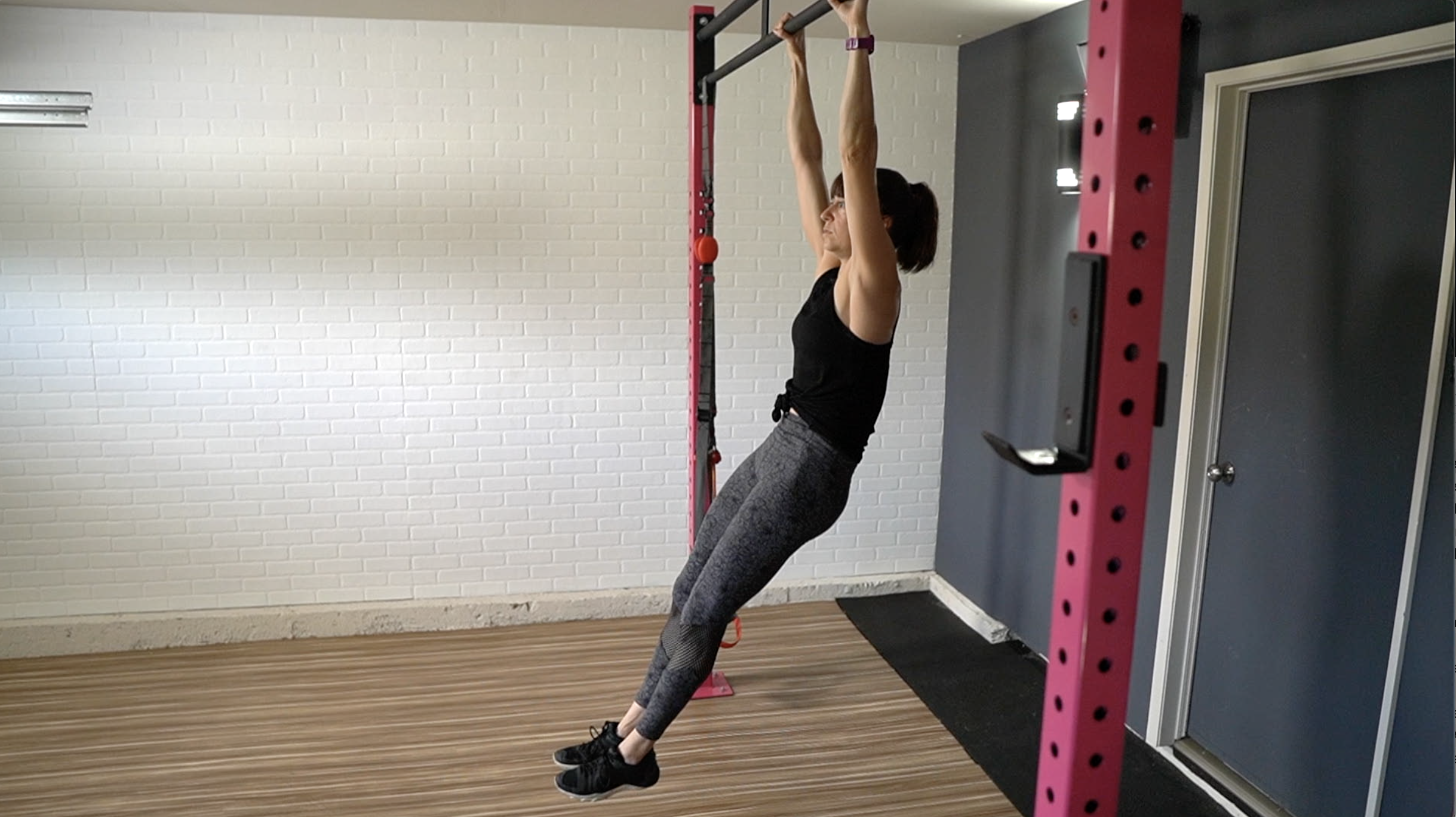
From here you can actually set in that prior to doing single knee tucks or knees to elbows or eventually even leg raises and toes to bar.
You may even find starting out for knees to elbows, thinking of tilting then almost more of a horizontal pull in helps you really engage your abs.
But the key is building up so you can really engage your abs for the movement.
Same thing goes for leg raises off the ground.
PELVIC TILT PROGRESSION:
For the floor pelvic tilt progression, you then want to focus on bracing those abs as you lift and lower your legs. Only lower down as far as you can control.
If you can’t control the full range of motion, REGRESS.
Start with just working to set up in the pelvic tilt. Then holding longer.
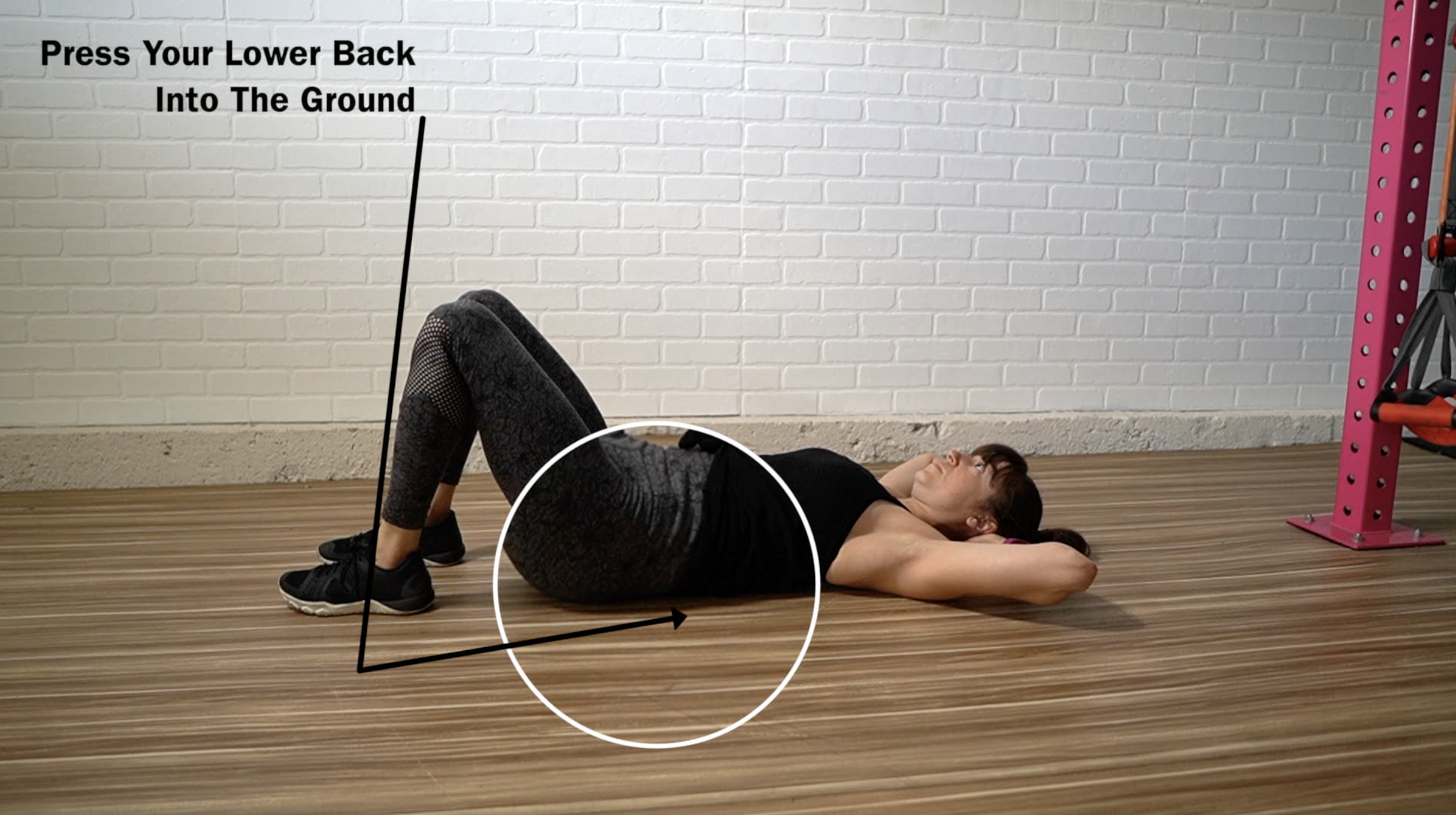
Then start to march one knee in at a time.
Then advance to both and do a double knee tuck. Even add in a little curl at the top you control with your abs and don’t use momentum during.
Then go to a single straight leg lower and finally the double leg lowers.
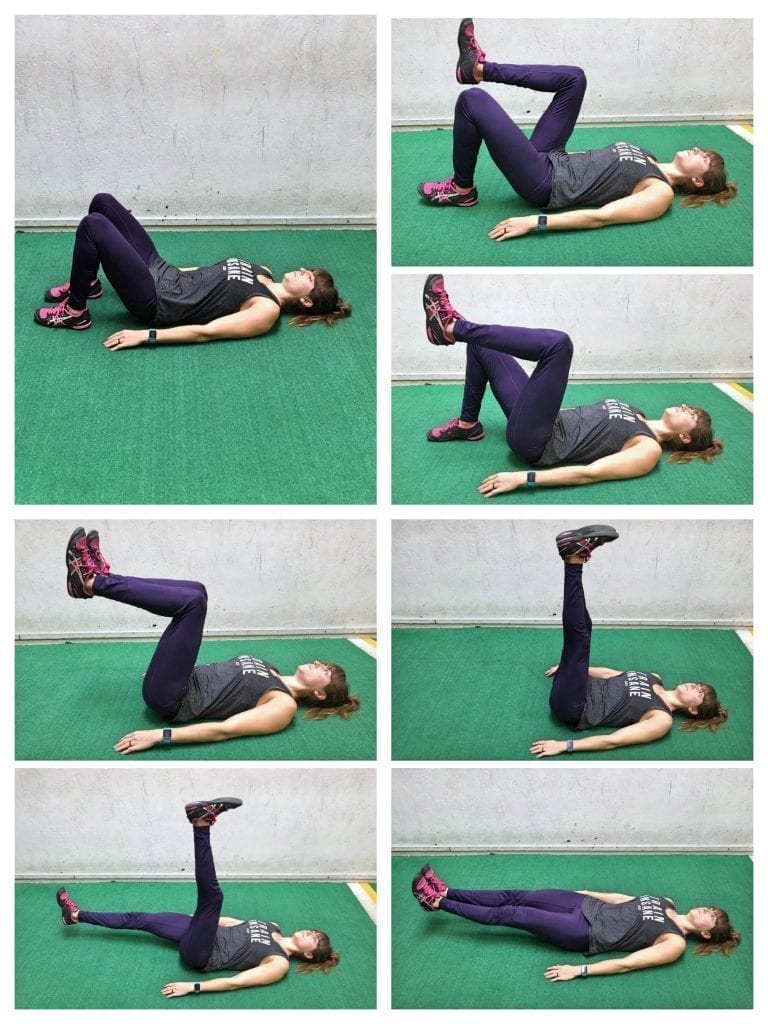
Once you’ve earned those, try those other fun variations.
But stop trying to push through the pain or your lower back taking over.
If you want your lower abs to actually benefit, you’ve got to FEEL them actually working!
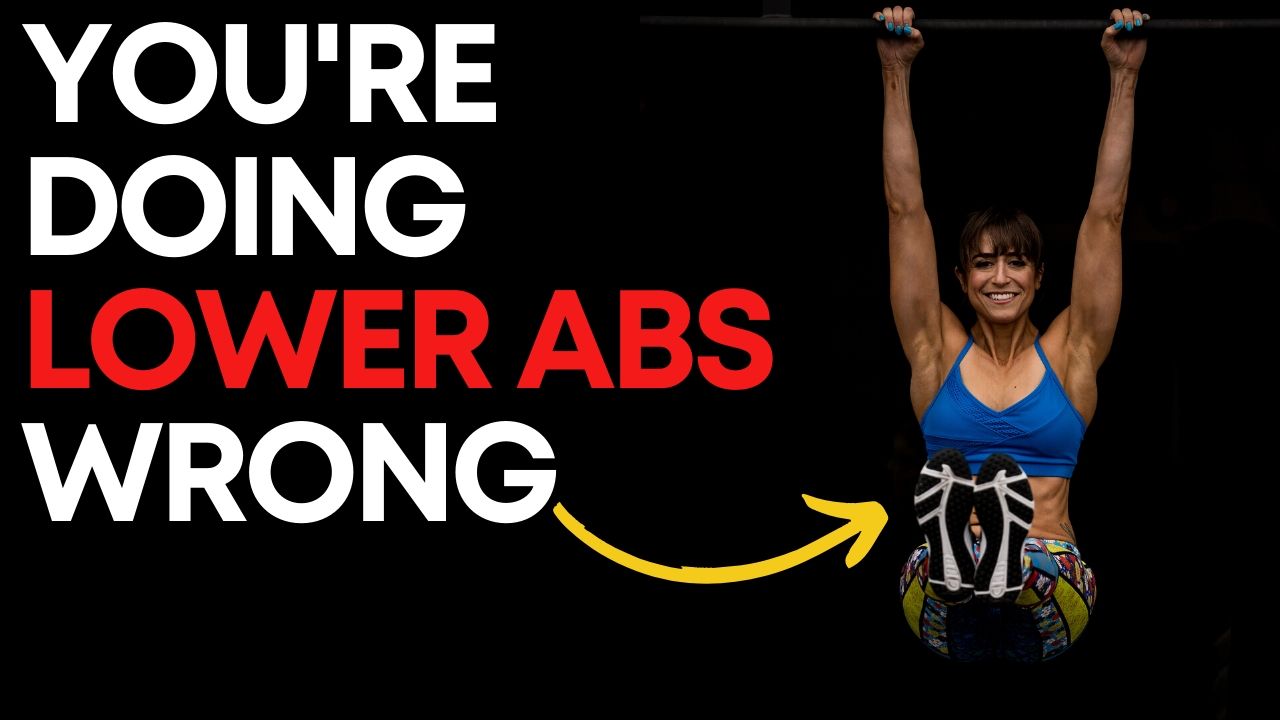

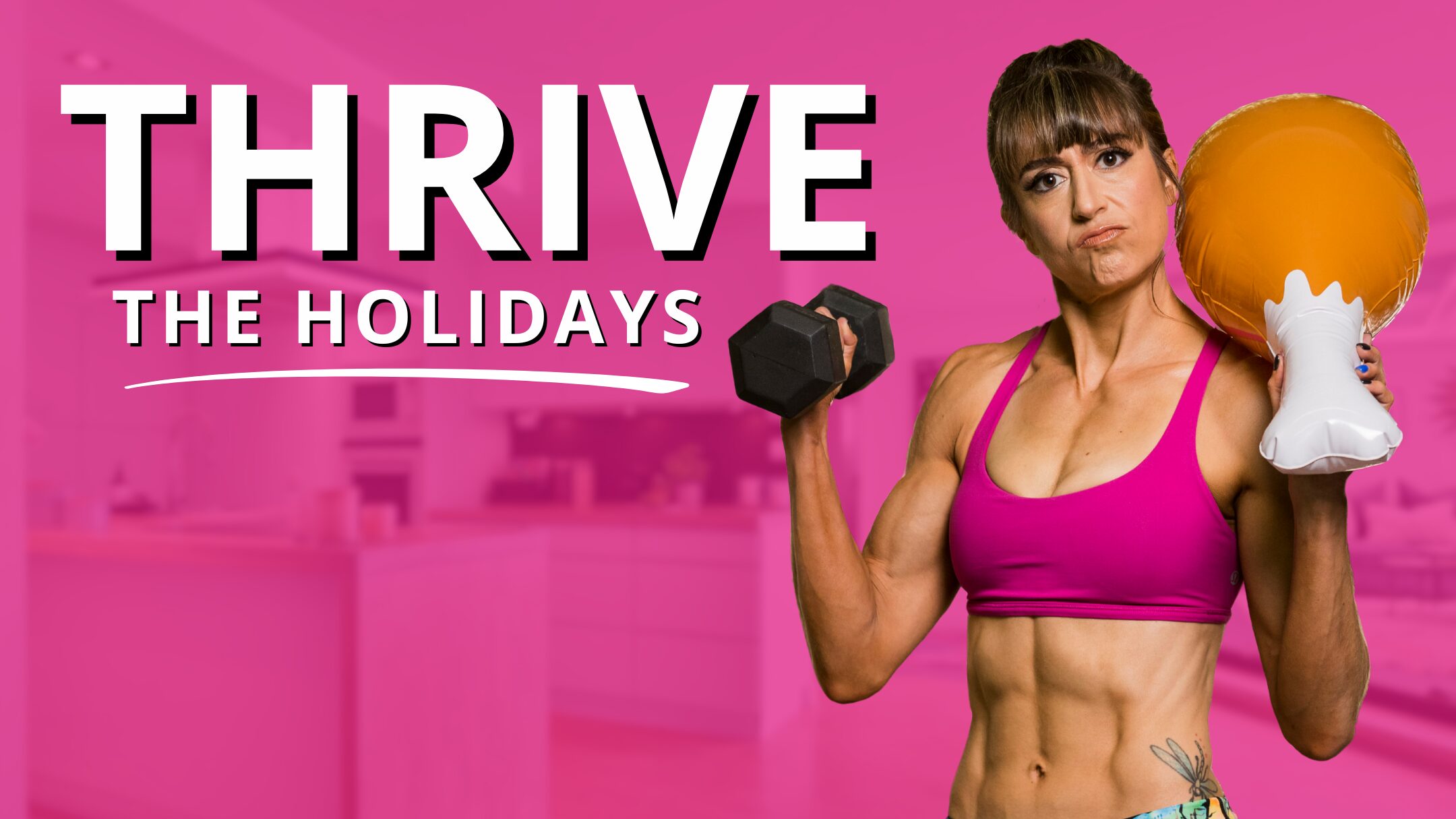
I like this one showing laying flat and your instructions on a starting point and the progression as the strength comes
Glad the tips help!
Thankyou! I have a “duck bum” and really struggle to pelvic tilt and hold. This post has encouraged me to work on it daily in hope that leg raises, (with proper form & muscle engagement!), will one day be achievable <3
So glad it helps Lynette! Hope you’re doing that glute activation and hip mobility work as well!
I have curvature of the spine and cant get my back to lay flat. Any suggestions so I dont hurt my lower back when trying to work my abs
Hi Nichola. How you address the curvature will be based on what type it is and the culprit of it. Like is it structural or a postural distortion. Often it is using the tips I go over in this article to modify the move until you can correctly brace your abs. As when we do a variation we haven’t earned, that leads to overload.
I need a list if food to eat
For fat loss? For building muscle? I have a great page all about nutrition if you need help getting started – https://redefiningstrength.com/nutrition/